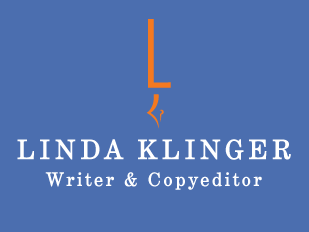HOW Magazine
Article identifies the challenges encountered by the printing industry at the start of the green movement
Excerpt
The Price of Going Green
Clients and designers are increasingly buying into the green philosophy. But at what cost?
Landfills overflowing with mountains of trash, streams bubbling with toxins, barren hillsides the result of clear cutting: One look and it’s easy to get caught up in the environmental tide to spec recycled paper, eliminate petroleum and heavy metals in inks, and reduce harmful chemicals in the pressroom.
Once you get past the emotional aspects, though, the choice to go green is fundamentally a business decision. And with a few regional exceptions, recycled paper, soy inks, and safer printing methods cost more than their conventional counterparts. Industry watchers expect this will change—but only in the long run.
Paper Dollars
While “environmentally friendly” once was synonymous with “pocket hostile,” that’s not always the case anymore, especially for paper.
Industry experts say there’s no such thing as a standard price difference between recycled and comparable virgin stock because price is influenced by many factors: A mill’s location and capability to make recycled stock, the paper’s finish, postconsumer content, etc. Price is affected more by quality than by pre- or postconsumer content.


